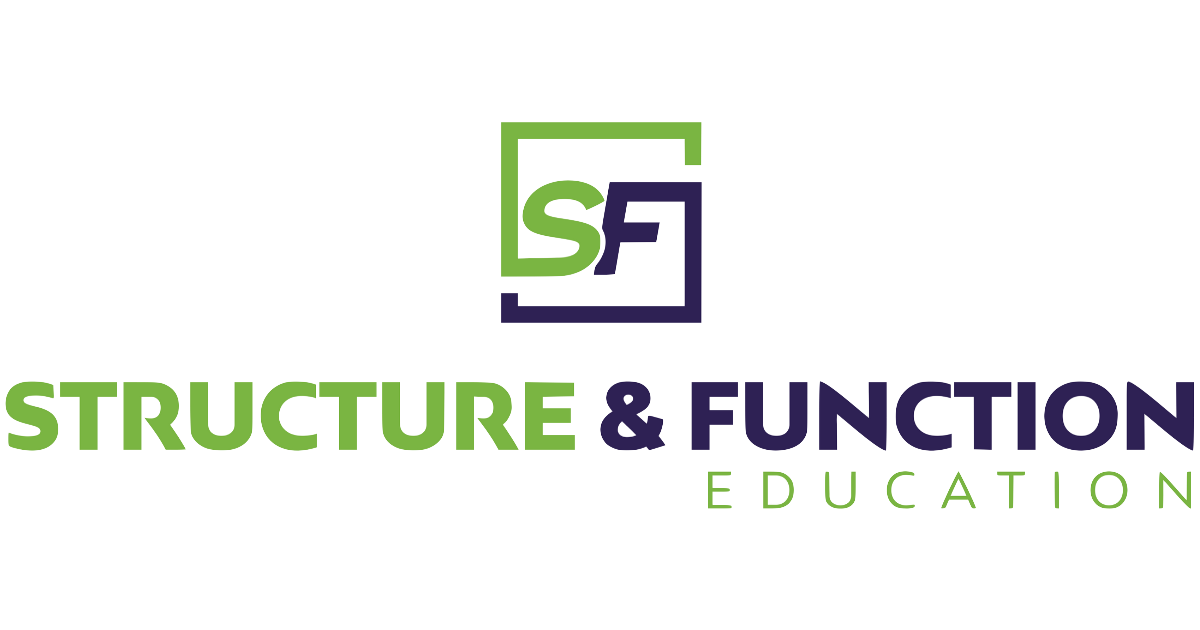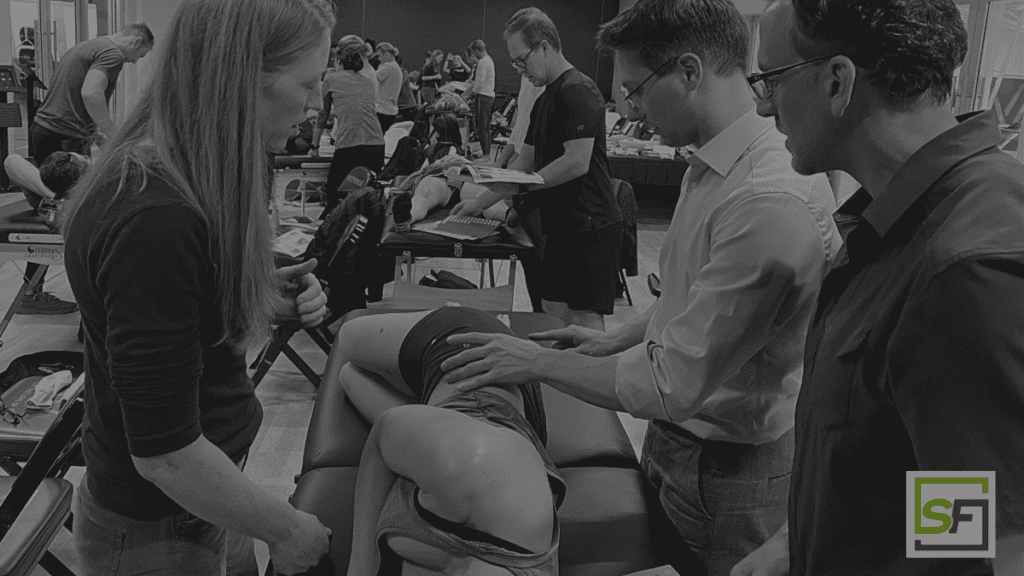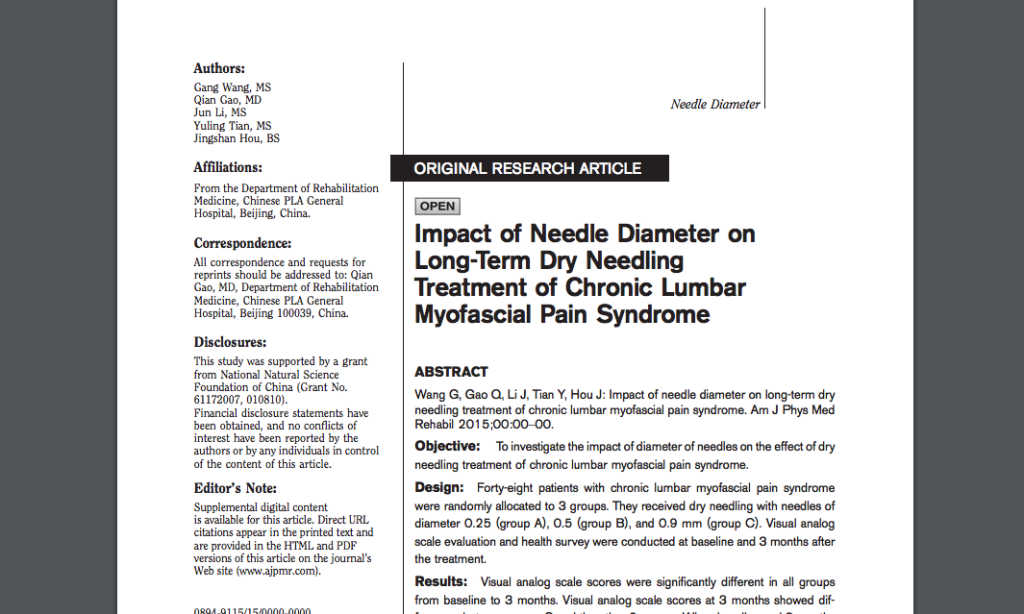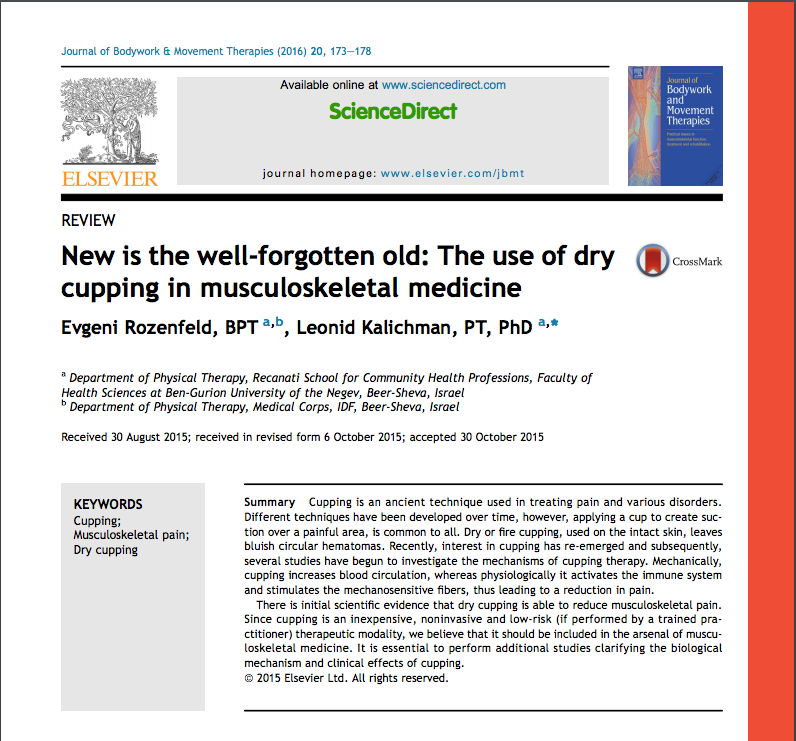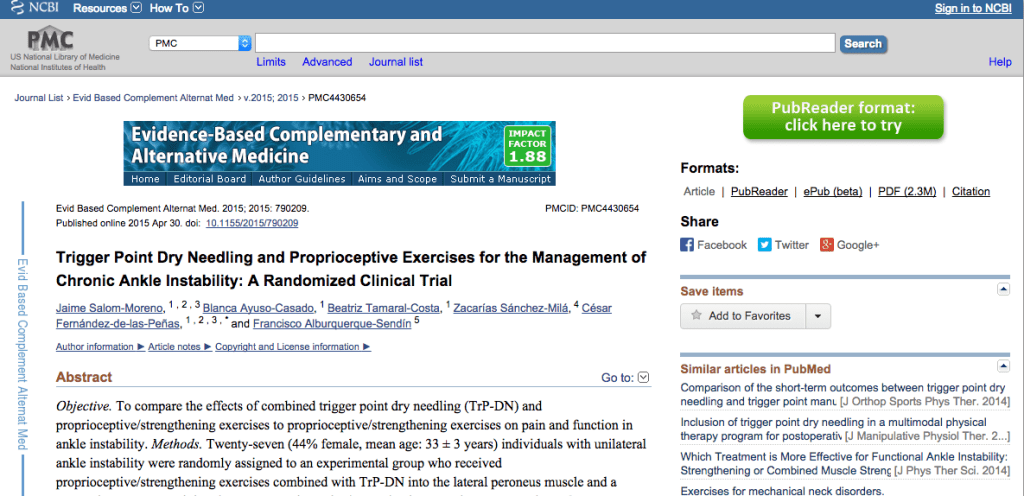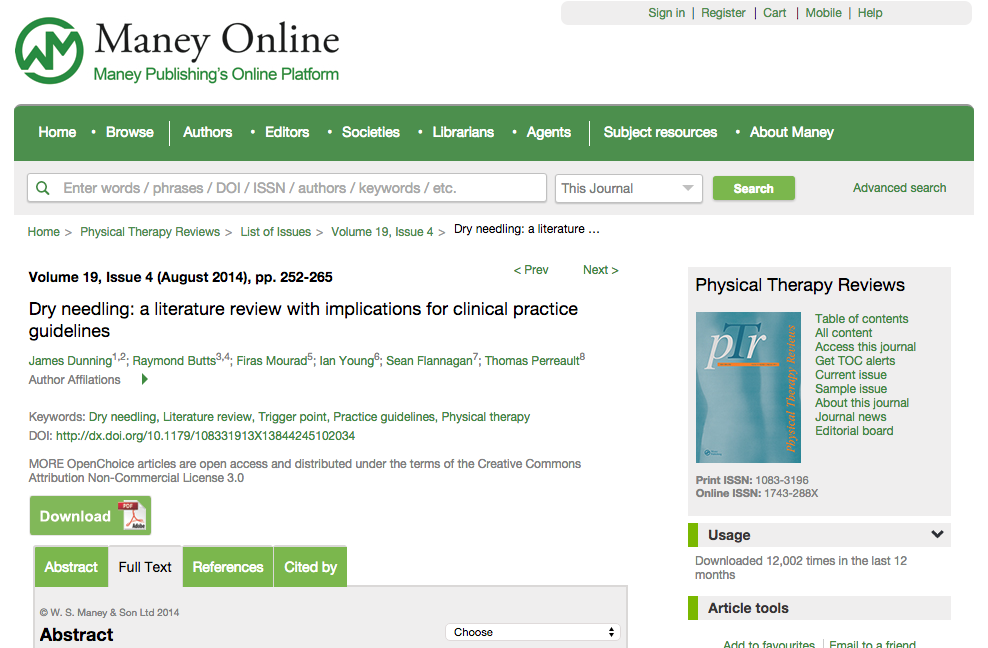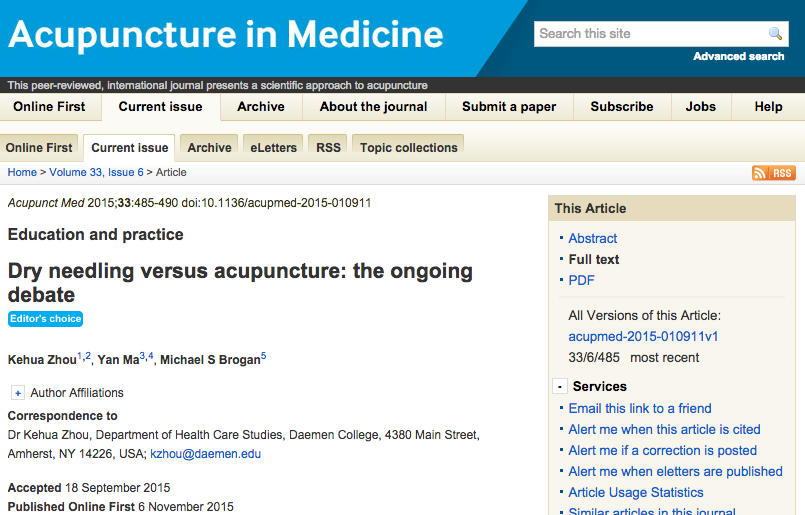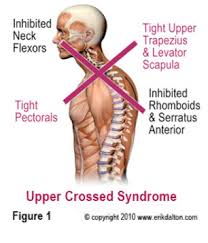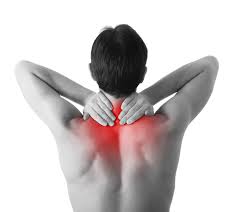Bridging the Gap From Rehabilitation to Performance: Chapter 3: Comprehending the Healing Process and Choosing Suitable Treatments.
In January 2025, I announced that my blogs will concentrate on Sue Falsone’s book, Bridging the Gap from Rehab to Performance. I will focus on Chapter 3, Tissue Healing and Altering Pain Perception, this month. As therapists, we specialize in musculoskeletal rehabilitation, assisting patients in navigating the challenging recovery process post-injury. Our methods extend beyond […]
